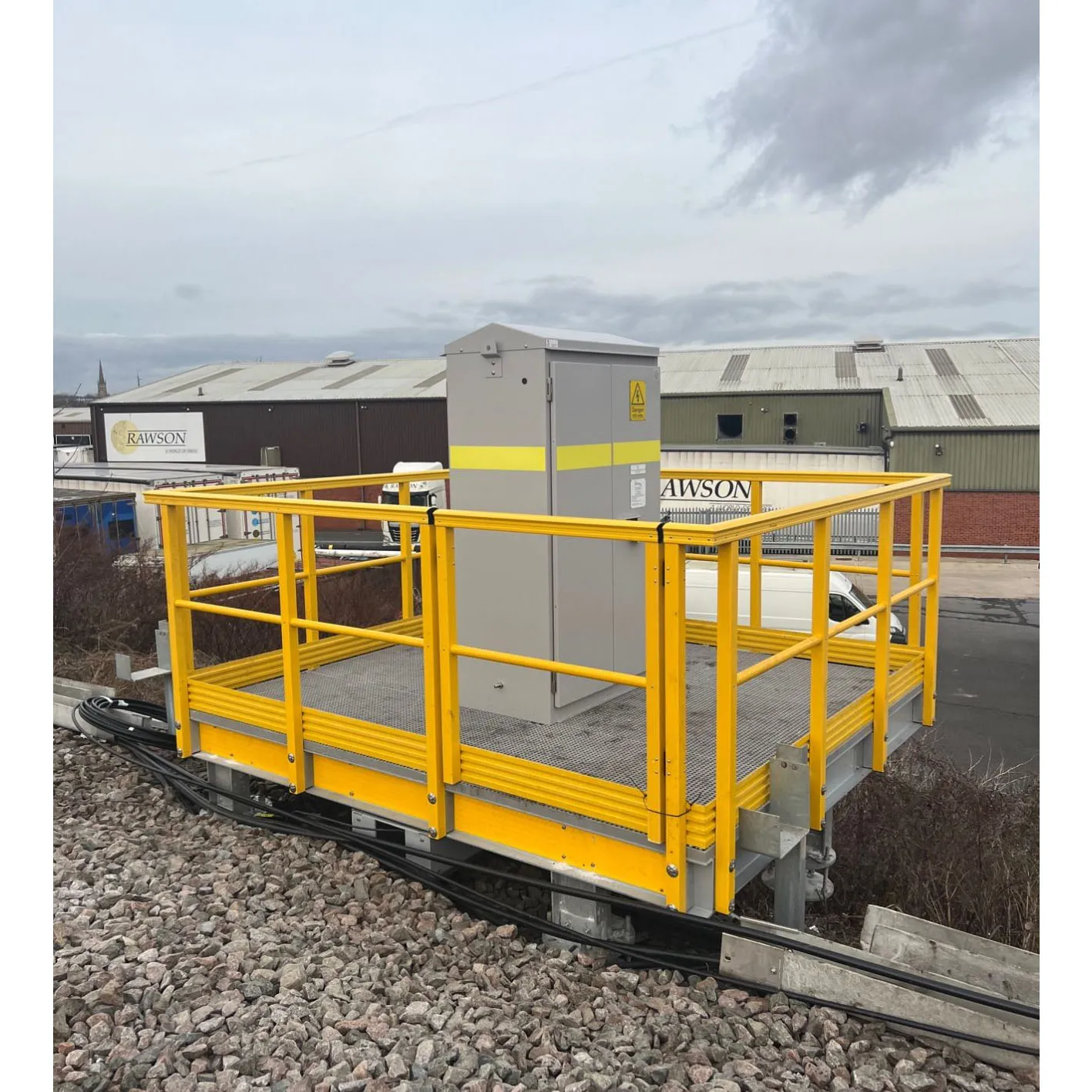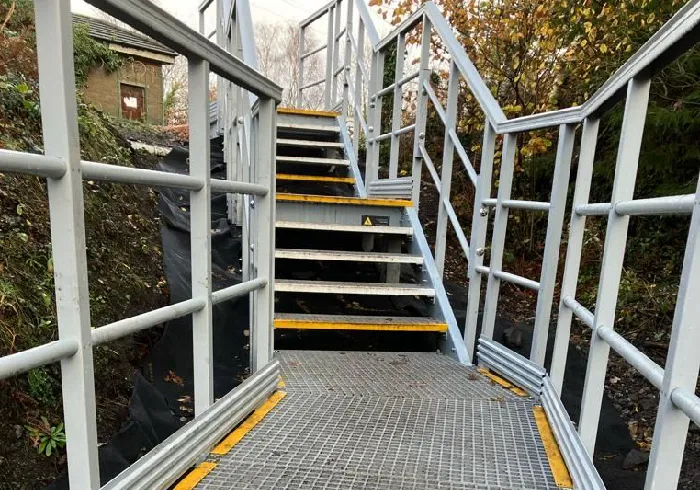loading...
- No. 9, Xingyuan South Street, Dongwaihuan Road, Zaoqiang County, Hengshui, Hebei, China
- admin@zjcomposites.com
- +86 15097380338
- Welcome to visit our website!
Premium FRP Pressure Vessel Filter Durable Corrosion-Resistant
- Market Impact and Performance Data of Composite Vessels
- Material Science Behind FRP Construction Advantages
- Technical Specifications Comparison Across Manufacturers
- Industry-Specific Customization Capabilities
- Municipal Water Treatment Deployment Case Studies
- Maintenance Protocols for Extended Service Life
- Emerging Innovations in Pressure Vessel Water Filter Technology

(frp pressure vessel filter)
Understanding FRP Pressure Vessel Filters in Industrial Applications
FRP pressure vessel filters represent transformative technology across water treatment sectors, with the global market projected to reach $5.2 billion by 2028 according to GMI Research. These composite structures overcome traditional steel limitations through superior corrosion resistance - a critical advantage considering 35% of industrial filter failures stem from material degradation. Municipal plants using FRP vessels report 19% longer mean time between repairs compared to conventional systems. The cylindrical wound fiberglass construction achieves tensile strengths exceeding 40,000 psi while maintaining just one-quarter the weight of equivalent steel units, fundamentally changing installation logistics and structural support requirements.
Material Science Behind Composite Construction
Fiber-reinforced polymer technology creates anisotropic material properties optimized for pressure containment. The epoxy matrix binds continuous glass fiber windings at precisely calculated 54.7-degree angles to the axis - the ideal orientation for withstanding circumferential hoop stresses. This manufacturing technique achieves:
- Corrosion immunity in chlorine concentrations exceeding 500ppm
- Flexural modulus ratings between 4.5-5.5 million psi
- Permeability coefficients below 0.003 g/m²/day
Field studies demonstrate FRP maintains 94% of original burst pressure after 15 years in continuous operation, outperforming stainless-steel alternatives by significant margins in aggressive chemical environments.
Manufacturer Specification Comparison
| Parameter | Standard Steel | FRP Premium | FRP Economy |
|---|---|---|---|
| Max Pressure (psi) | 150 | 250 | 125 |
| Temperature Range (°F) | 0-120 | 15-140 | 20-120 |
| Chlorine Tolerance (ppm) | 100 | 500+ | 250 |
| Weight (40" vessel) | 178 lbs | 43 lbs | 51 lbs |
| Lifecycle Cost (20 yr) | $2,800 | $1,900 | $2,150 |
Premium-grade vessels incorporate dual-layer epoxy barriers with UV-resistant gel coats, while economy versions utilize single-layer vinyl ester resins with marginally reduced chemical resistance.
Configuration Engineering for Industry Demands
Engineers leverage FRP's molding flexibility to create application-specific vessel geometries. Power plants utilize radial-flow designs handling 900GPM with 16% less pressure drop than standard axial configurations. Food processing facilities require FDA-compliant resin systems with smooth interior finishes (Ra ≤15 µin) meeting 3-A sanitary standards. Recent drilling industry innovations include:
- Sectional vessels with removable endcaps reducing shipping volume 60%
- Integral bypass systems maintaining 70% flow during membrane replacement
- Embedded sensors for real-time strain monitoring (±0.1mm accuracy)
Municipal Water Treatment Implementations
Tampa's Southwest Water Reclamation Facility achieved operational cost reductions by installing custom 42-inch diameter FRP vessels in their reverse osmosis train. Technical outcomes included:
- 19.8% reduction in energy consumption versus previous configuration
- Membrane replacement frequency extended to 86 months (industry average: 60 months)
- Zero corrosion-related failures in 7 years of continuous operation
Smaller community plants benefit from standardized skid-mounted assemblies with installation times averaging 35% faster than site-built alternatives.
Operational Maintenance Procedures
Implementing quarterly inspection protocols prevents 83% of premature vessel failures. Critical maintenance parameters include:
- Wall thickness monitoring (±0.02" tolerance via ultrasonic testing)
- Resin degradation screening using IR spectroscopy
- Thread wear inspection every cartridge change cycle
Technical bulletins from major manufacturers reveal proper winterization procedures prevent 92% of cold-weather failures, significantly impacting longevity in northern climate installations.
Pressure Vessel Water Filter Technology Evolution
Emerging manufacturing techniques are transforming composite filter vessels. Automated filament winding processes now achieve winding speed consistency within ±0.5%, eliminating weak zones. Recent material breakthroughs include:
- Self-healing polymer composites activated at 158°F (70°C)
- Carbon nanotube-reinforced liners increasing burst pressure 28%
- IoT-enabled vessels transmitting real-time strain data to central monitoring
Research indicates these innovations could extend functional lifespans beyond 25 years while reducing maintenance requirements by nearly 40%.

(frp pressure vessel filter)
FAQS on frp pressure vessel filter
Q: What is an FRP pressure vessel filter?
A: An FRP pressure vessel filter is a filtration unit made of fiberglass-reinforced plastic, designed for high-pressure applications. It efficiently removes contaminants from water, such as sediments or chemicals. This durable system is commonly used in industrial and residential water purification.
Q: How does a pressure vessel filter operate?
A: A pressure vessel filter forces water under pressure through filter cartridges inside the vessel. Contaminants are trapped within the media, providing clean water output. It's ideal for systems requiring consistent flow and reliability.
Q: What are the key benefits of a pressure vessel water filter?
A: Pressure vessel water filters offer high capacity, longevity, and effective removal of impurities like bacteria and heavy metals. They ensure potable water in diverse settings, including homes and factories. Their robust design minimizes maintenance needs and costs.
Q: How often should pressure vessel filters be maintained?
A: Service a pressure vessel filter every 6-12 months by replacing filter elements to prevent clogging. Regular checks ensure optimal performance and water quality. Follow the manufacturer's guidelines based on usage and water source.
Q: Where are pressure vessel filters commonly installed?
A: Pressure vessel filters are installed in systems like whole-house water treatment, reverse osmosis setups, or municipal plants. They handle high-pressure demands for clean water supply. Proper positioning maximizes efficiency and filtration outcomes.
-
The Rise of FRP Profiles: Strong, Lightweight, and Built to LastNewsJul.14,2025
-
SMC Panel Tanks: A Modern Water Storage Solution for All EnvironmentsNewsJul.14,2025
-
GRP Grating: A Modern Solution for Safe and Durable Access SystemsNewsJul.14,2025
-
Galvanized Steel Water Tanks: Durable, Reliable, and Ready for UseNewsJul.14,2025
-
FRP Mini Mesh Grating: The Safer, Smarter Flooring SolutionNewsJul.14,2025
-
Exploring FRP Vessels: Durable Solutions for Modern Fluid HandlingNewsJul.14,2025
-
GRP Structures: The Future of Lightweight, High-Performance EngineeringNewsJun.20,2025
